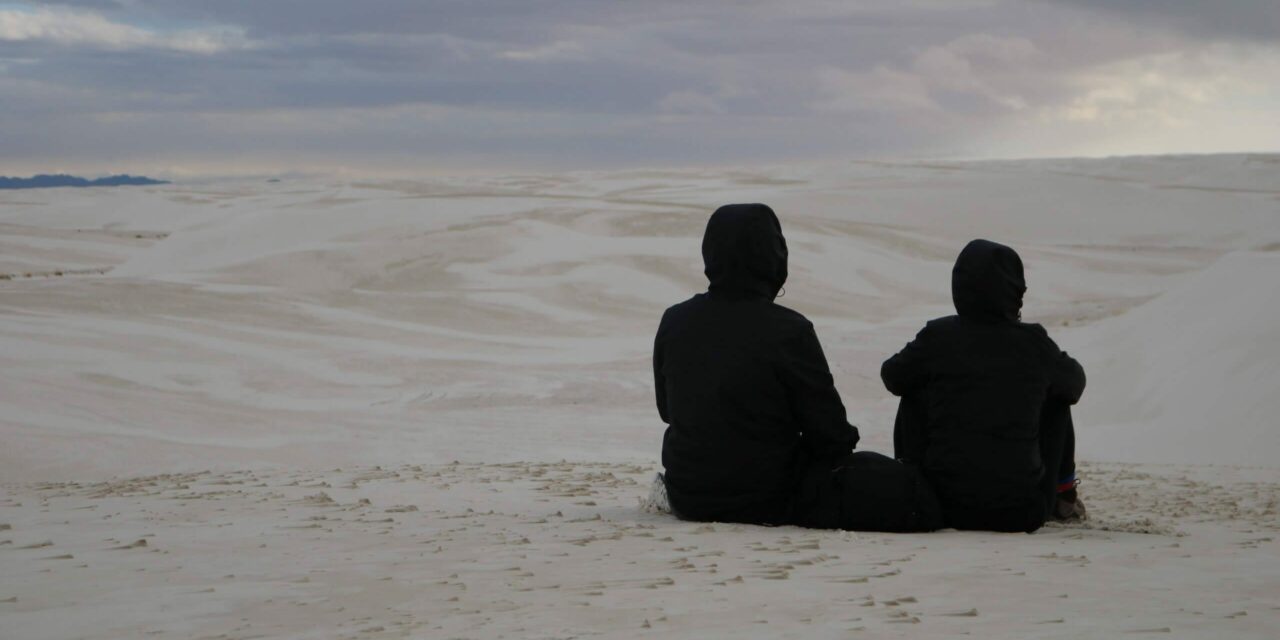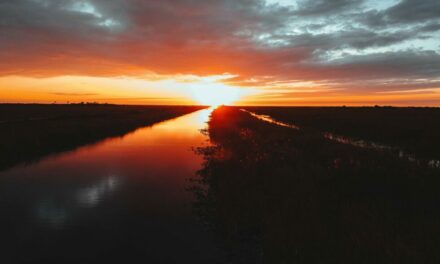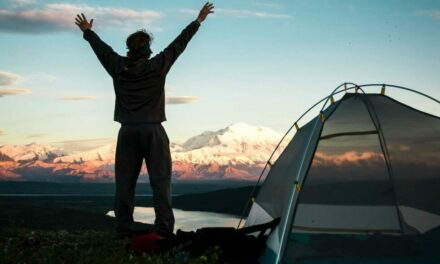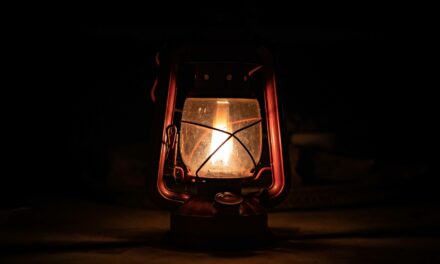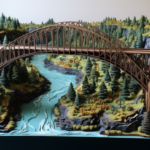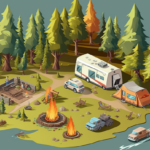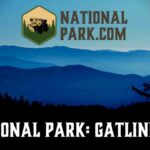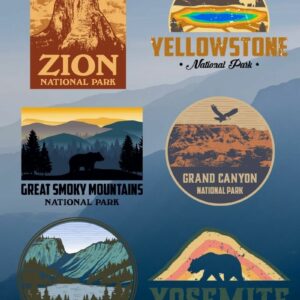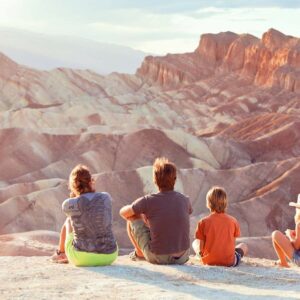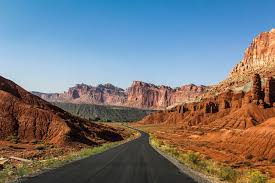If you’re visiting the National Parks, you’ll need to stay warm, even in the toughest conditions. But as the weather changes, you’ll need to be able to adjust accordingly. Even if the weather doesn’t change drastically during the day, depending on the activities that you are doing, you may have different needs for your clothing.
That’s where layering comes into play. This allows you peel layers off and cool down as needed during your next National Park visit.
Let’s take a look at the different layers.
T-shirt –
A standard T-shirt is always a good place to start. It doesn’t have to be anything too fancy. I would recommend wearing one that is soft and comfortable, but still breathable. This is one of the easiest layers for most people to find, as it doesn’t have to be specialized.
This will keep your base layer less stinky and sweaty and will keep rashes from forming if you plan on wearing your base layer on a multiple day backpack trek.
Base-layer –
This layer is a crucial one and should be a little fancier than your T-shirt.
Base-layers are designed to really set the foundation for your insulation by keeping you dry and maintaining breathability. The dryness is key when ti comes to successful layering. If your base layer gets wet, you will be uncomfortable for the rest of the day, and it will throw off your temperature regulation.
I personally use this one –
Soft-shell –
A soft-shell is almost like a sweatshirt. It is one of the most versatile pieces of clothing in the layering process. Water resistant, but still comfortable and breathable, the soft shell can be used in any number of different circumstances during your national parks adventure.
This layer is water resistant, but doesn’t need to be water proof. It can be used as an outer-layer if need be in light rain and a temperate day hike. This offers some breathability.
North Face offers my favorite soft shell and I get many compliments on it. Check it out here:
Insulated –
In most places, you can stop at the soft shell, but if you’re going to a colder place, you’ll want to continue layering. The famous puffy jackets you see everywhere are a great example of the insulated layer. This layer is meant to contain your body heat, keeping you warm in even the coldest of conditions.
Make sure it doesn’t tear and the craftsmanship is decent. These have a tendency to “leak” feathers or stuffing often, so make sure to read the reviews. These insulated coats are an investment, and well worth doing a little bit of research before purchasing. The last thing you want is to be stuck in the cold with a torn insulating layer!
I personally use an REI and have found it both stylish and effective in the parks. Check it out here:
Rain, hard-shell –
This is a crucial layer. A thin, waterproof layer designed to be taken on and off quickly. This layer is very useful when it comes to any sort of precipitation, which, depending on the park, is a weather condition you could very easily encounter.
Make sure it covers your hands well, and has a hood. Read the reviews! Many hard-shells tend to leak (per the reviews).
I personally use this one and love it:
All in one Jackets – (3 in 1 coats or Triclimate) –
These have all three layers in the same coat. Perfect if you’re going mountaineering, skiing/snowboarding, or spending a lot of time doing other activities at an elevated climate. If you don’t want to spend the time doing research on every one of the layers, an all in one jacket might be a good solution for you- it simplifies the process and streamlines everything, while still ensuring that your layering is successful.
Like the other coats mentioned, it is important to read the reviews before purchasing one of these jackets. It is worth splurging a bit on a good quality coat when going to the parks, for your own comfort and peace of mind.
This is one of my favorites. Check it out here:
Layering is both a concern of comfort and of safety. Some of the parks may have harsh conditions that visitors can experience during their time, and the last thing anyone wants is to get stuck in even uncomfortable weather without the proper gear. Layering helps to ensure that you always have what you need, no matter the circumstance, and that you are able to stay safe and comfortable during your park visit. Without having to worry about your clothing, you can worry about the more important things- experiencing the splendor of the parks and making the most of your time.


